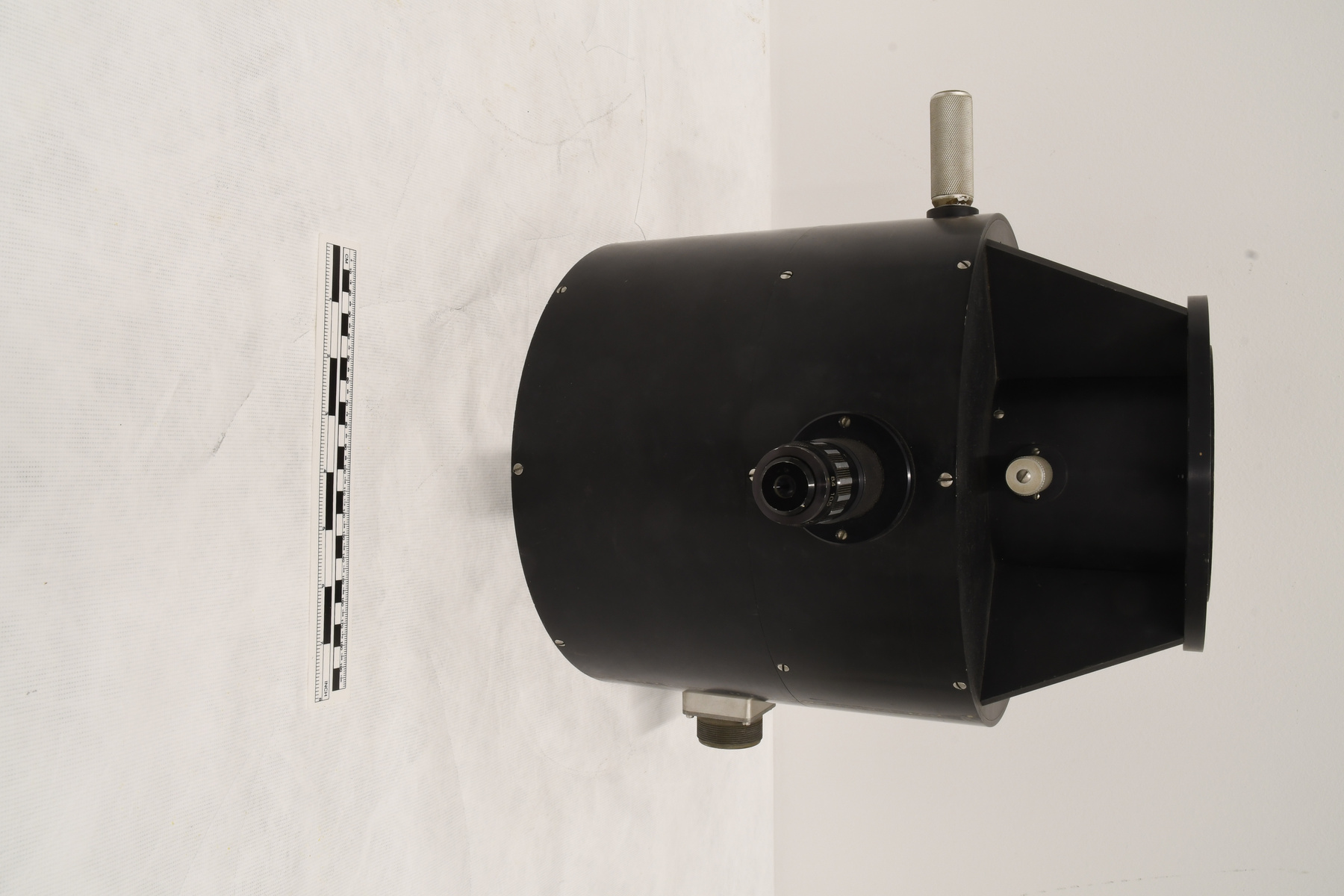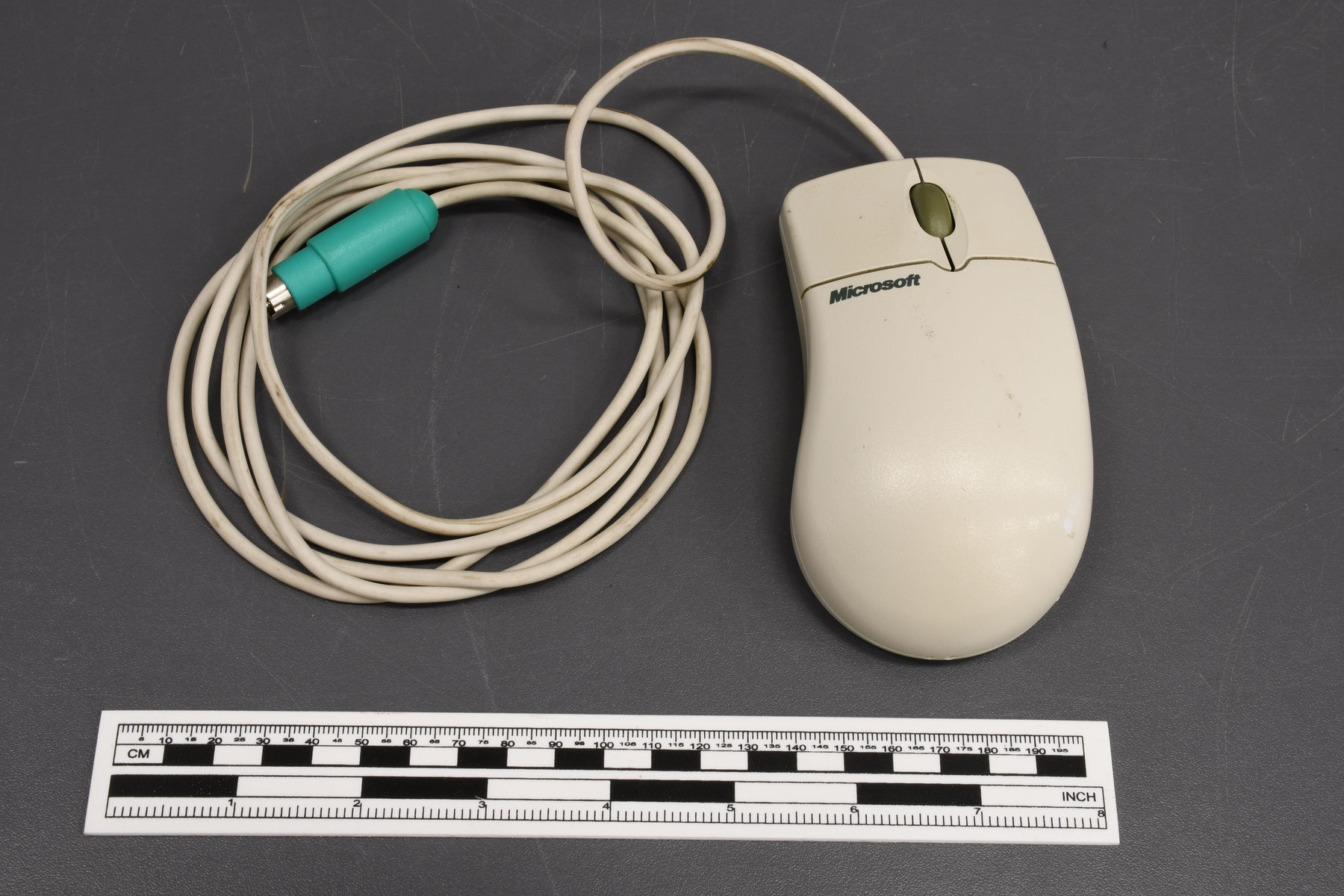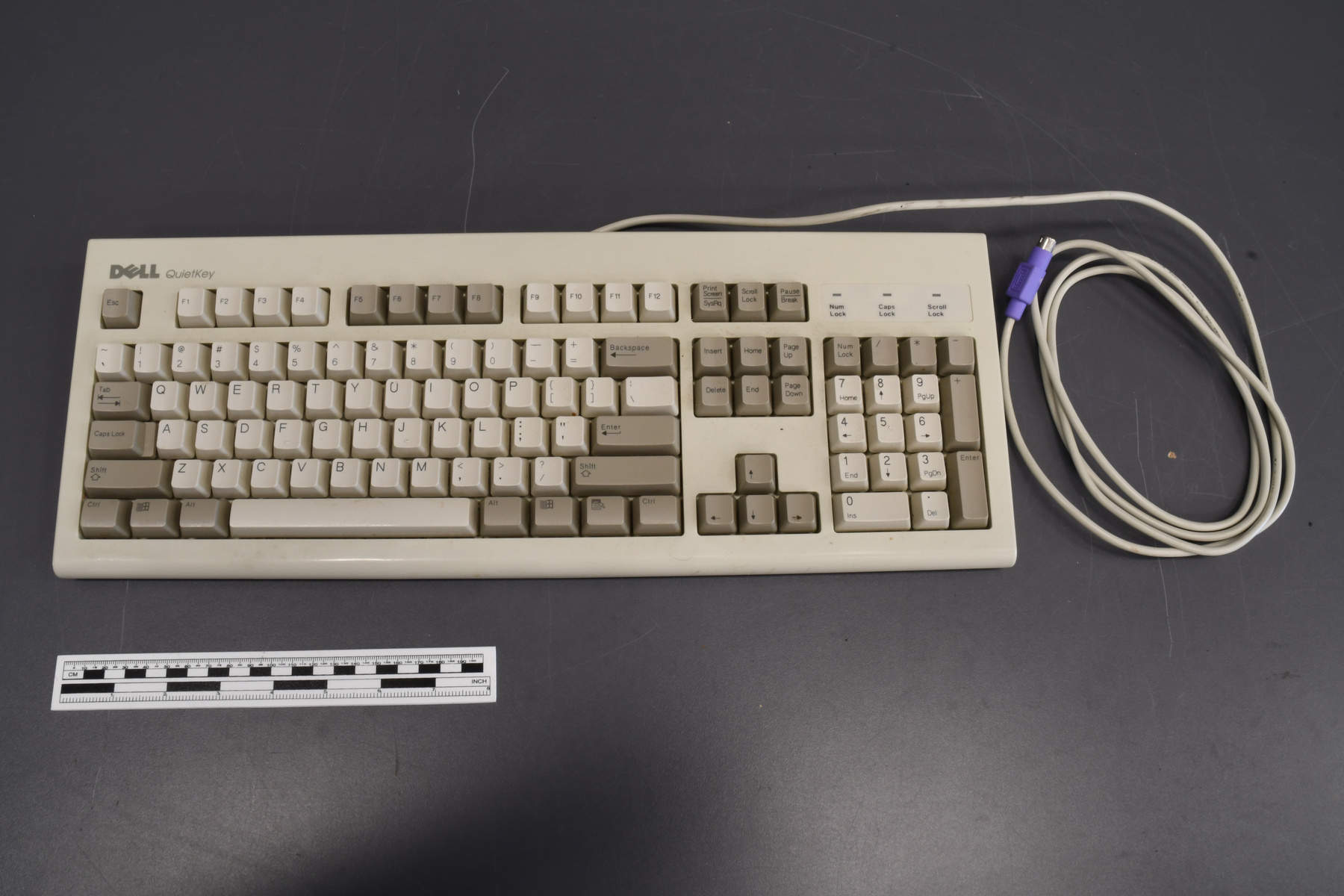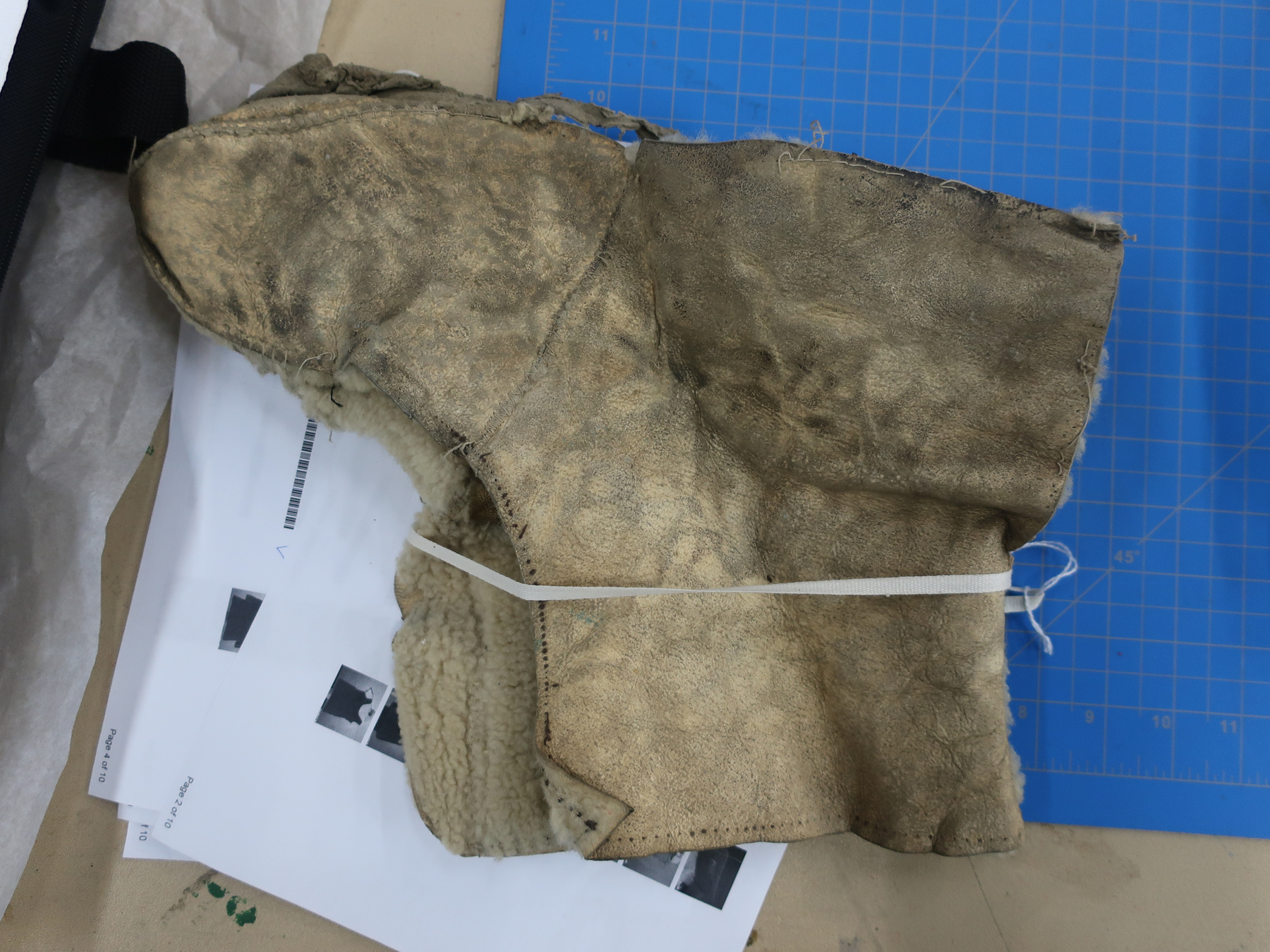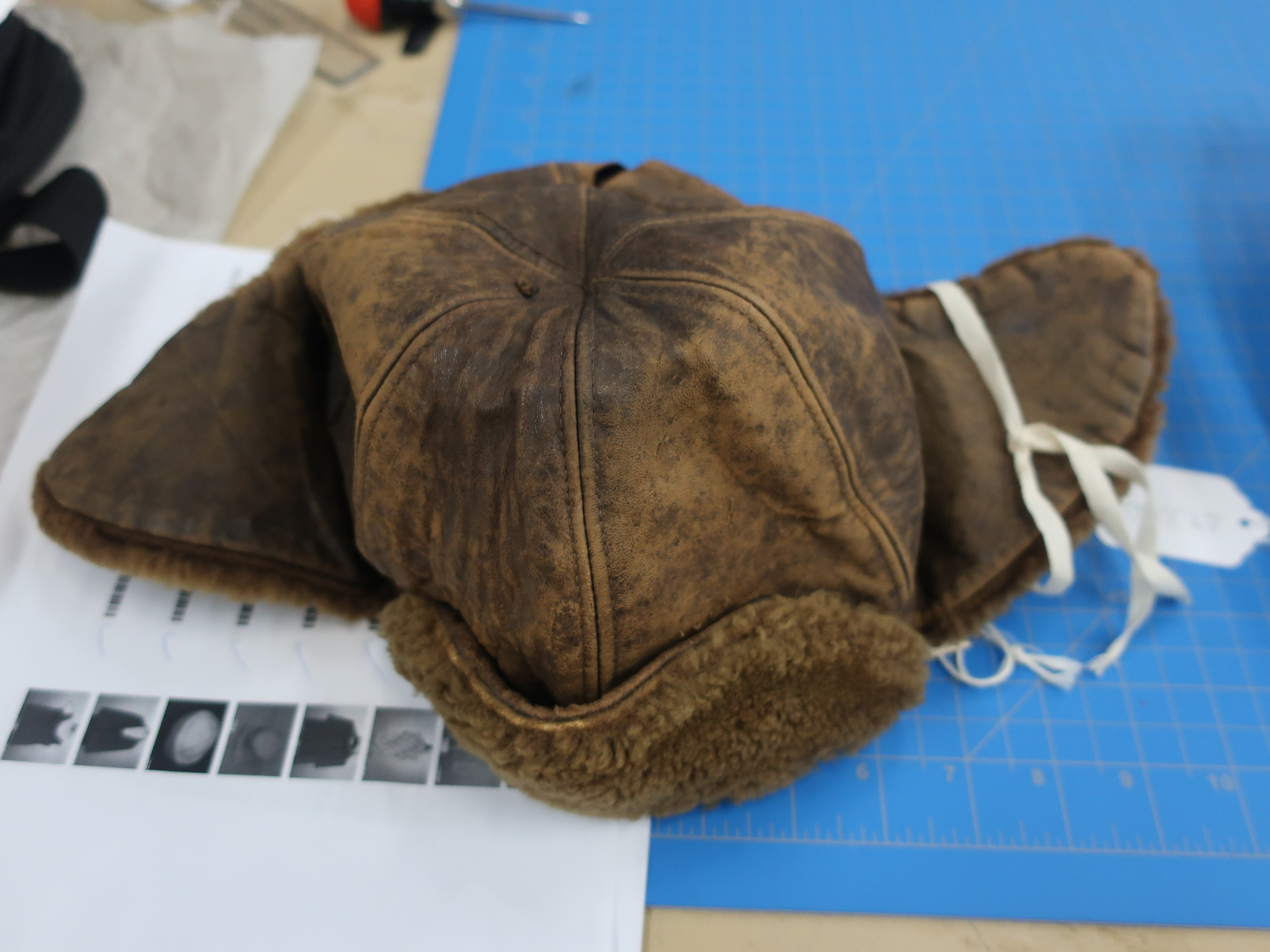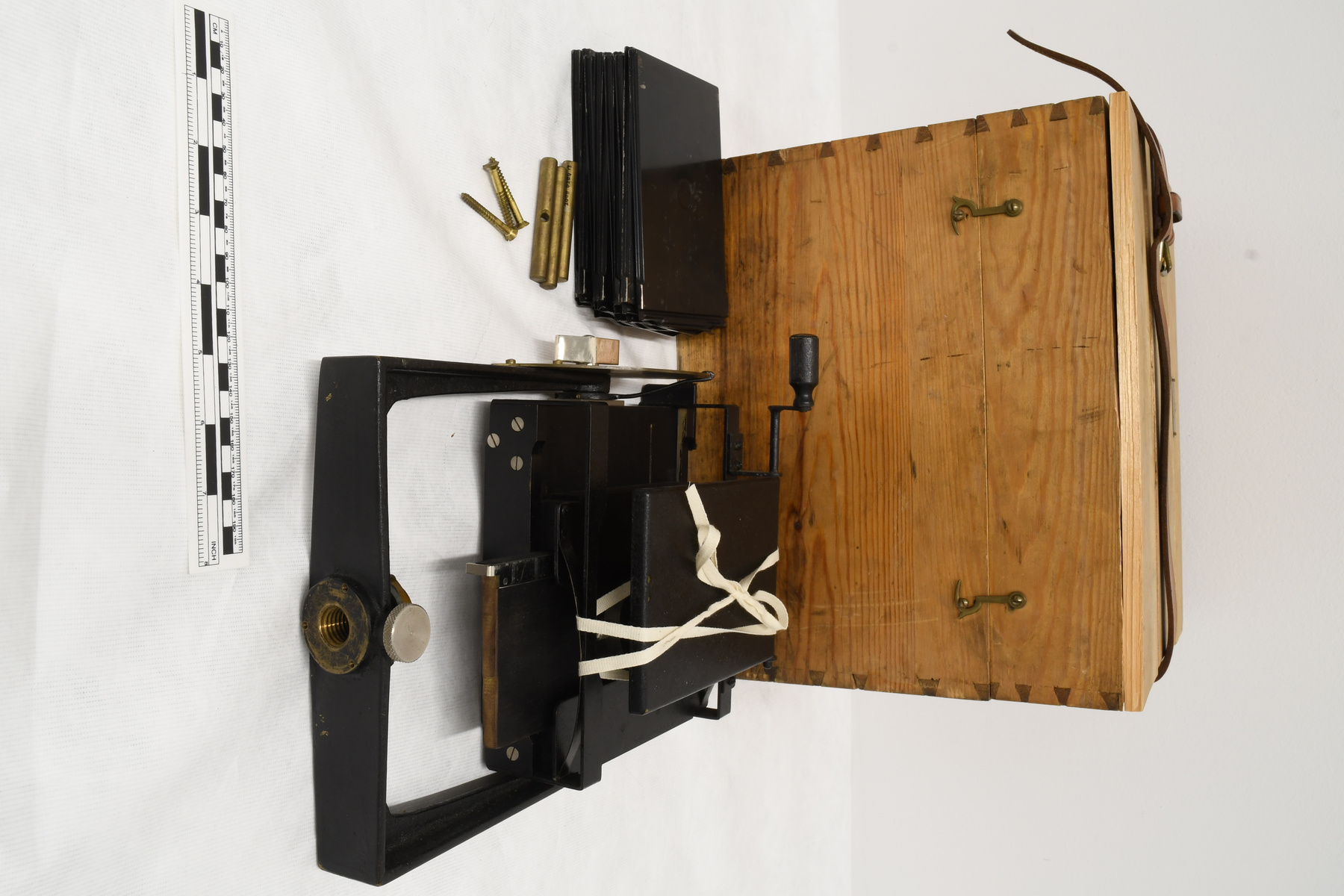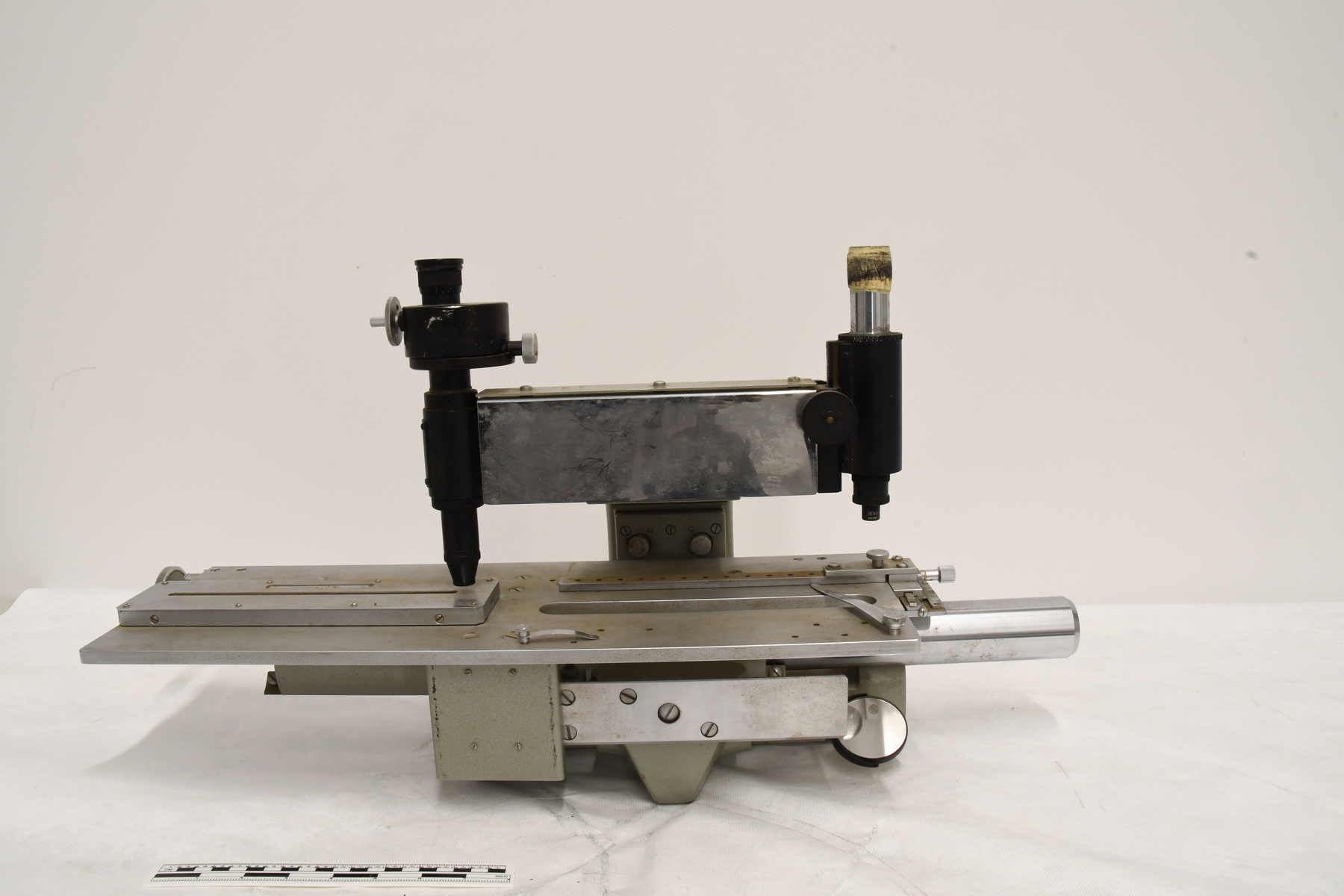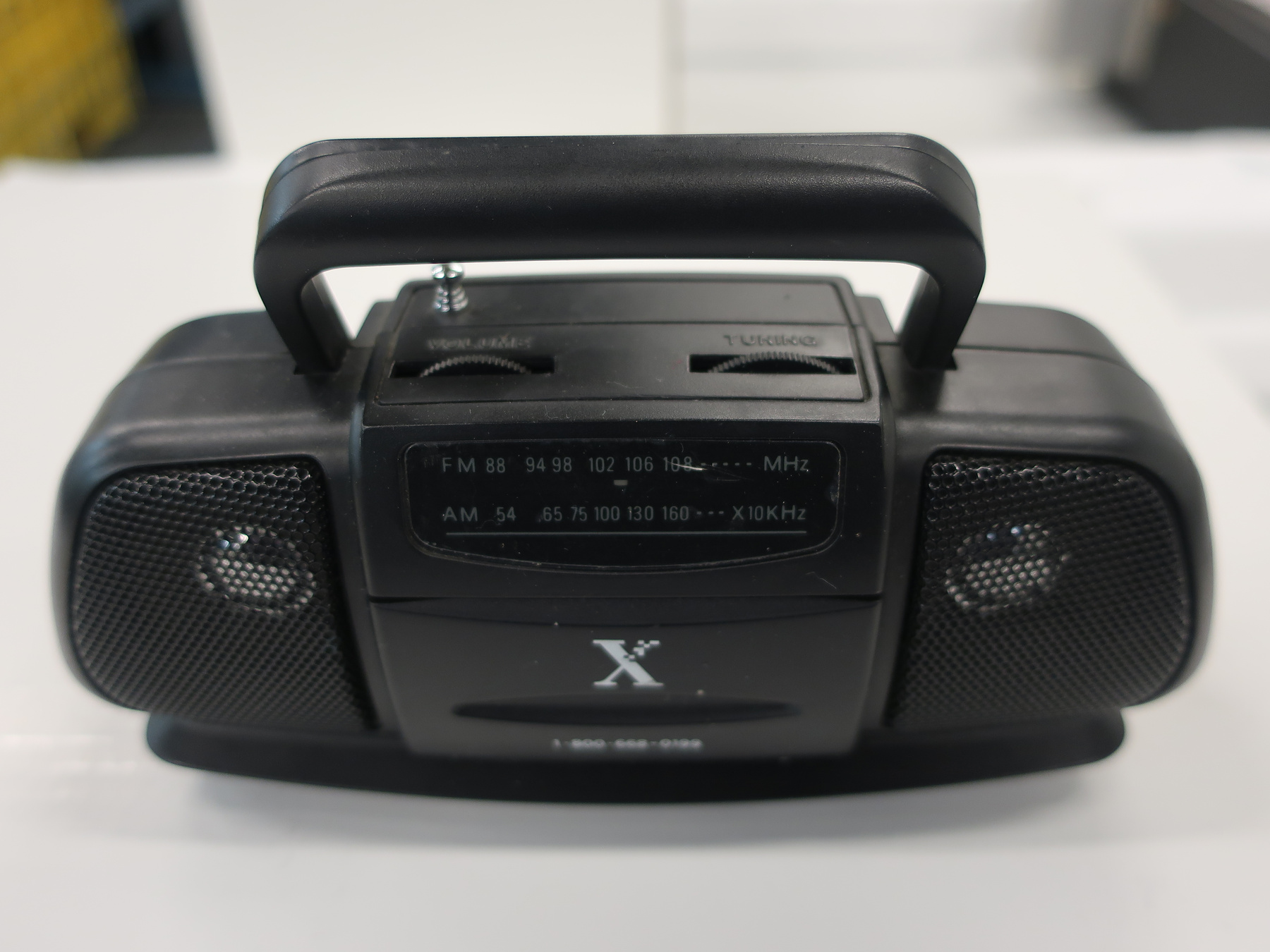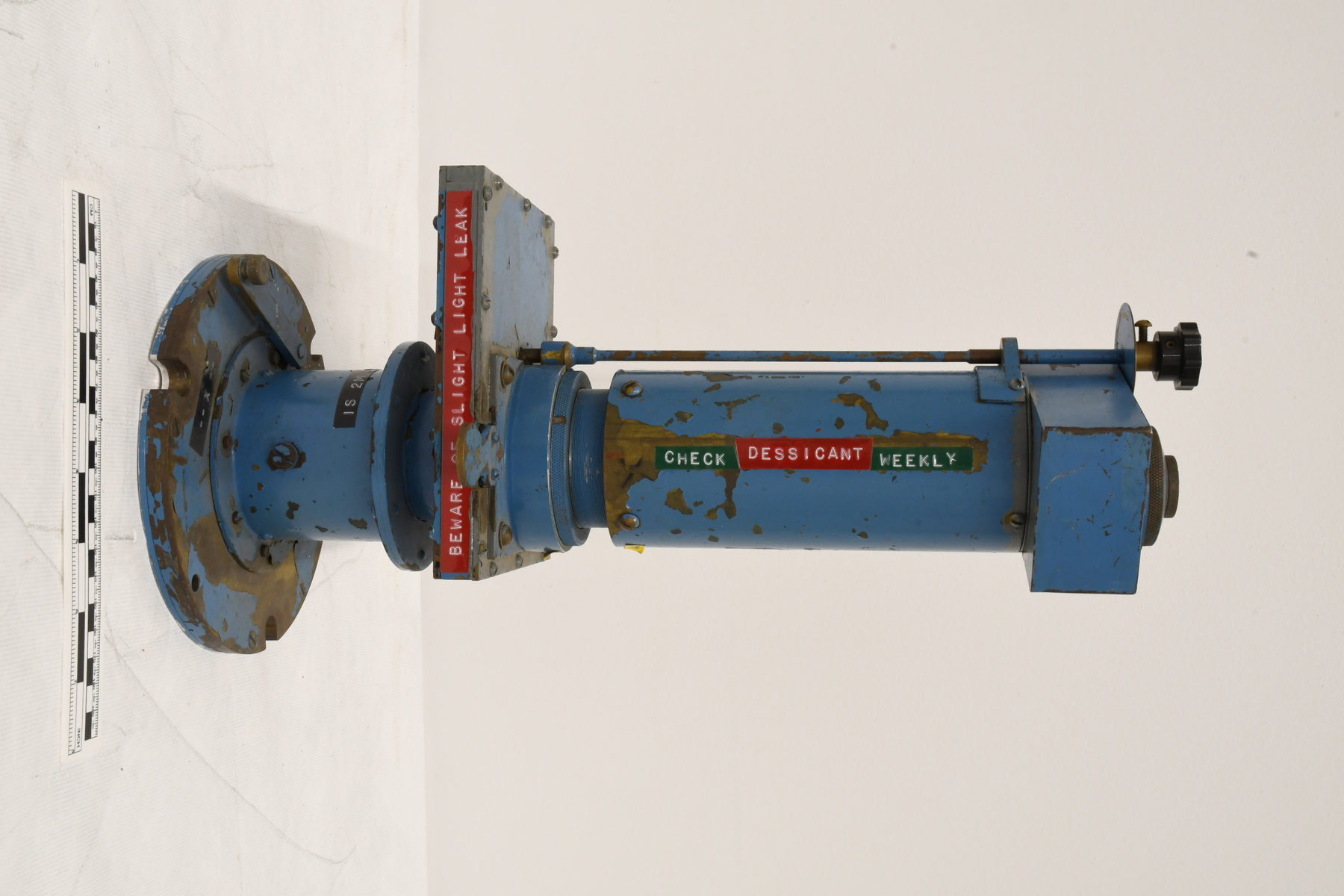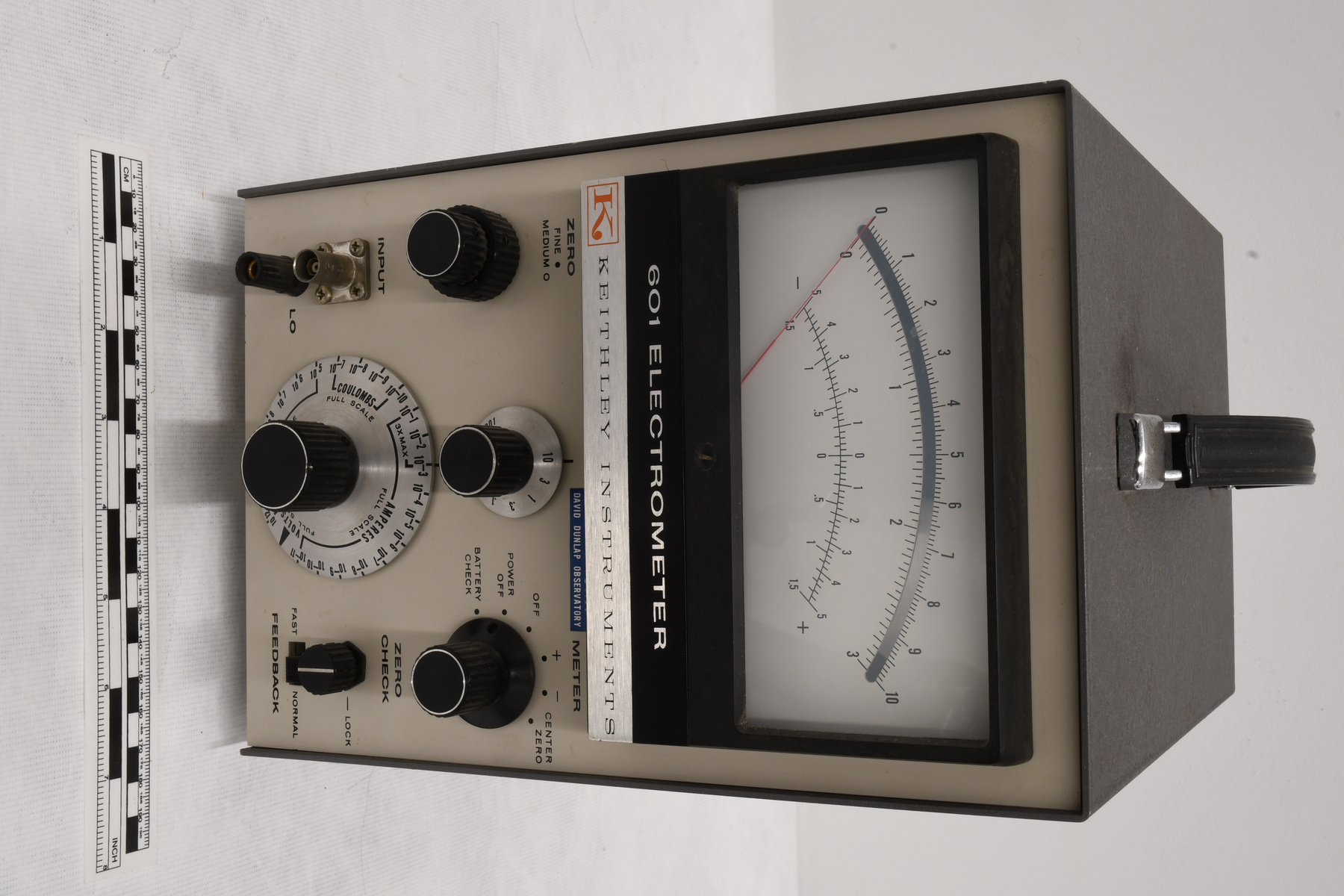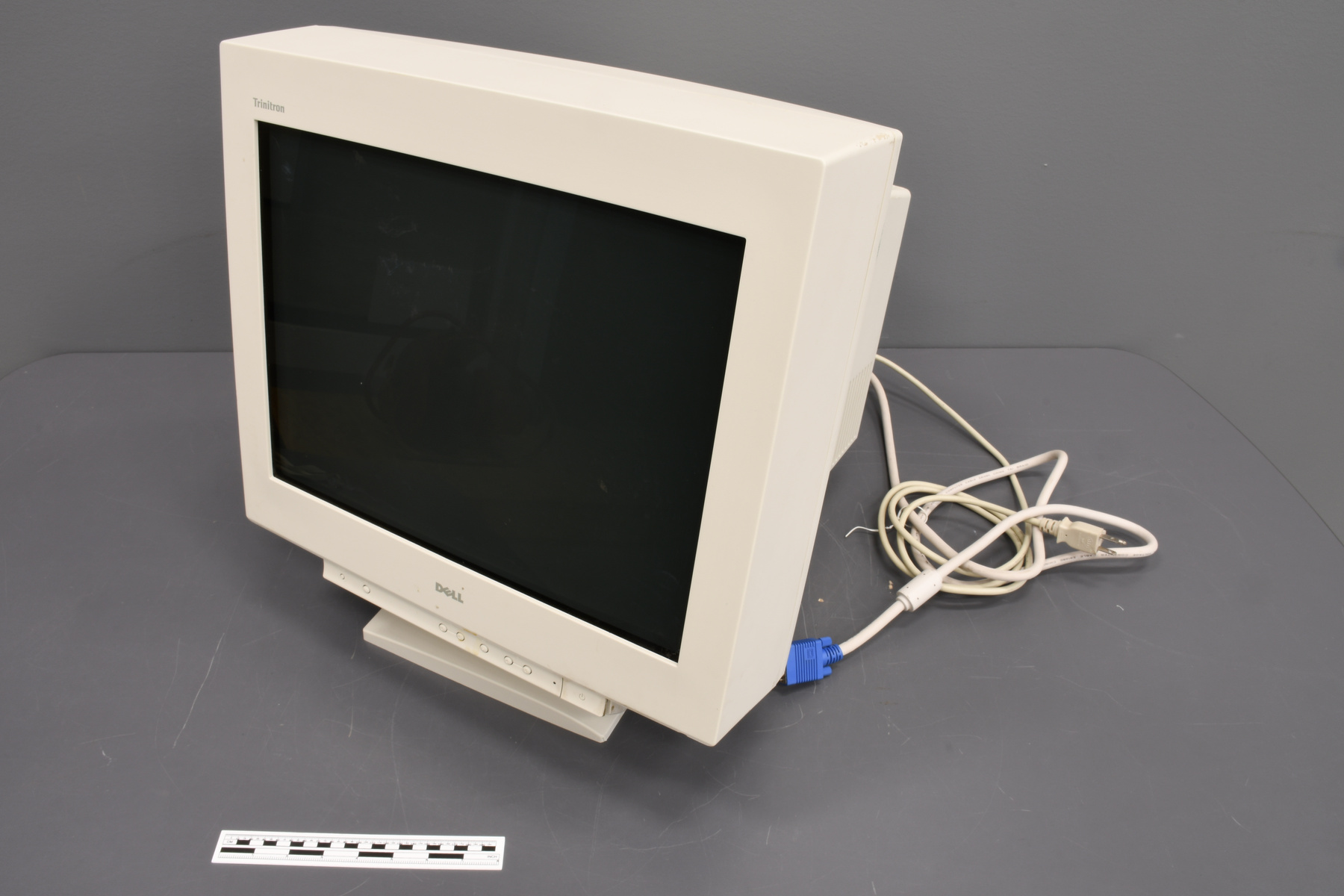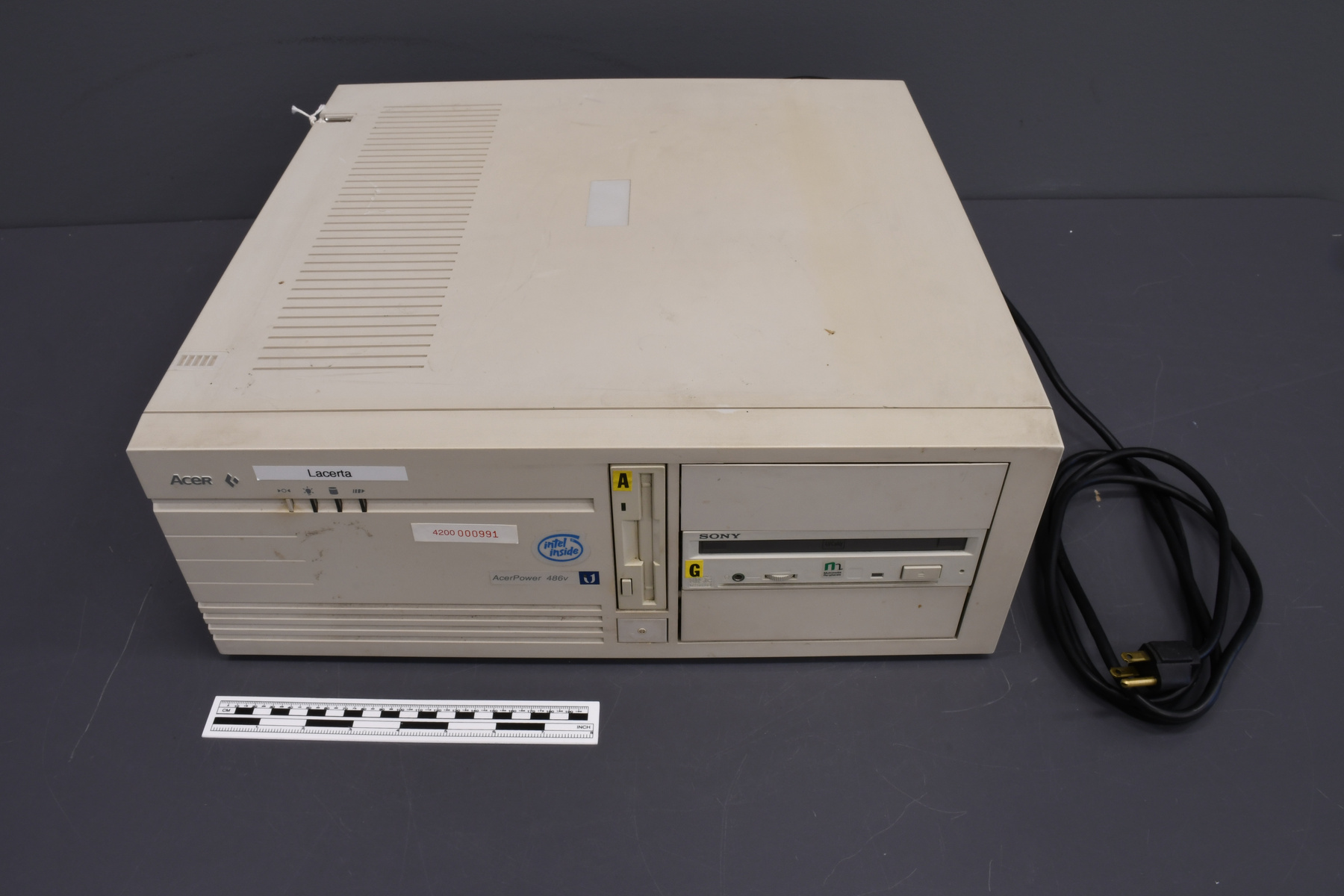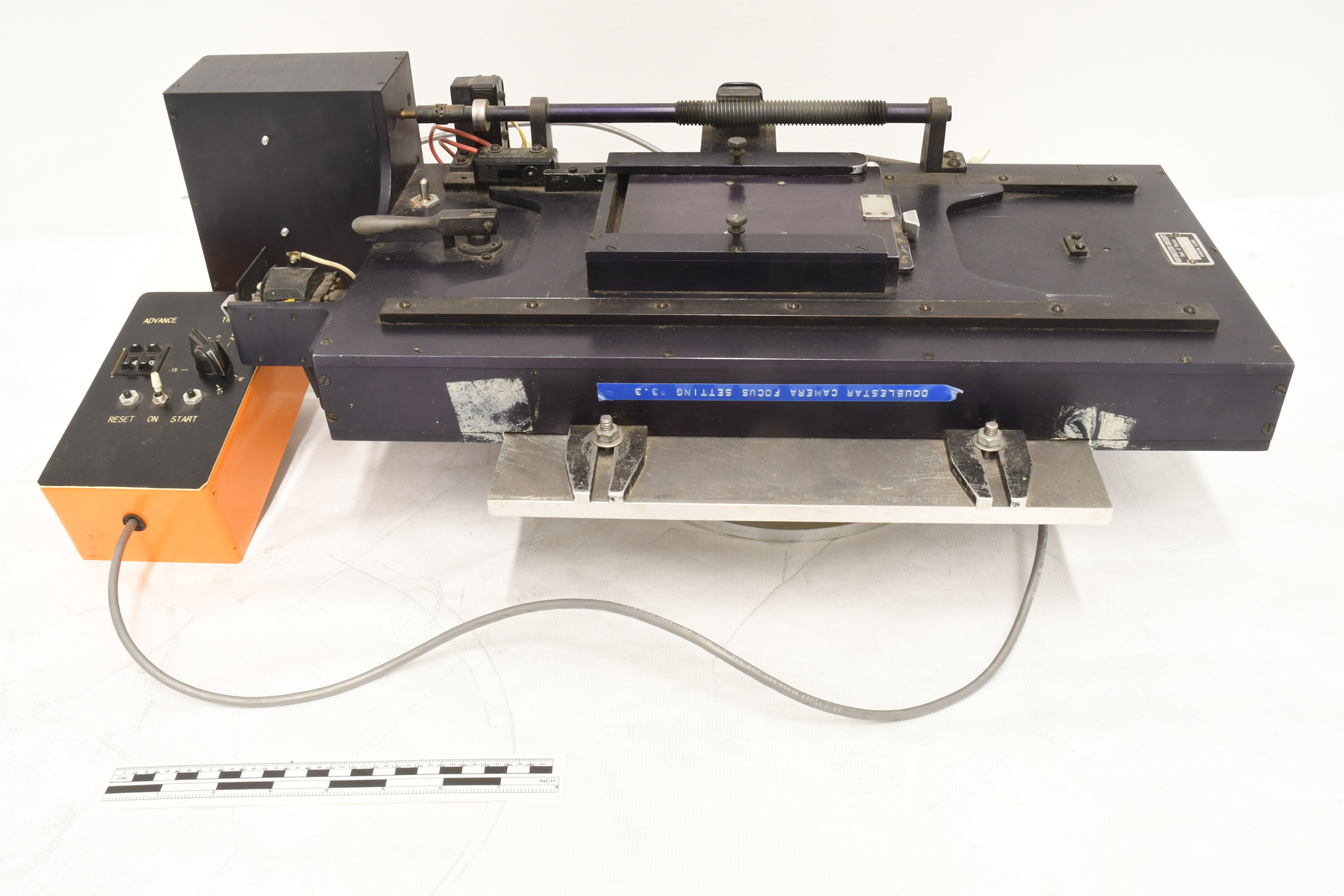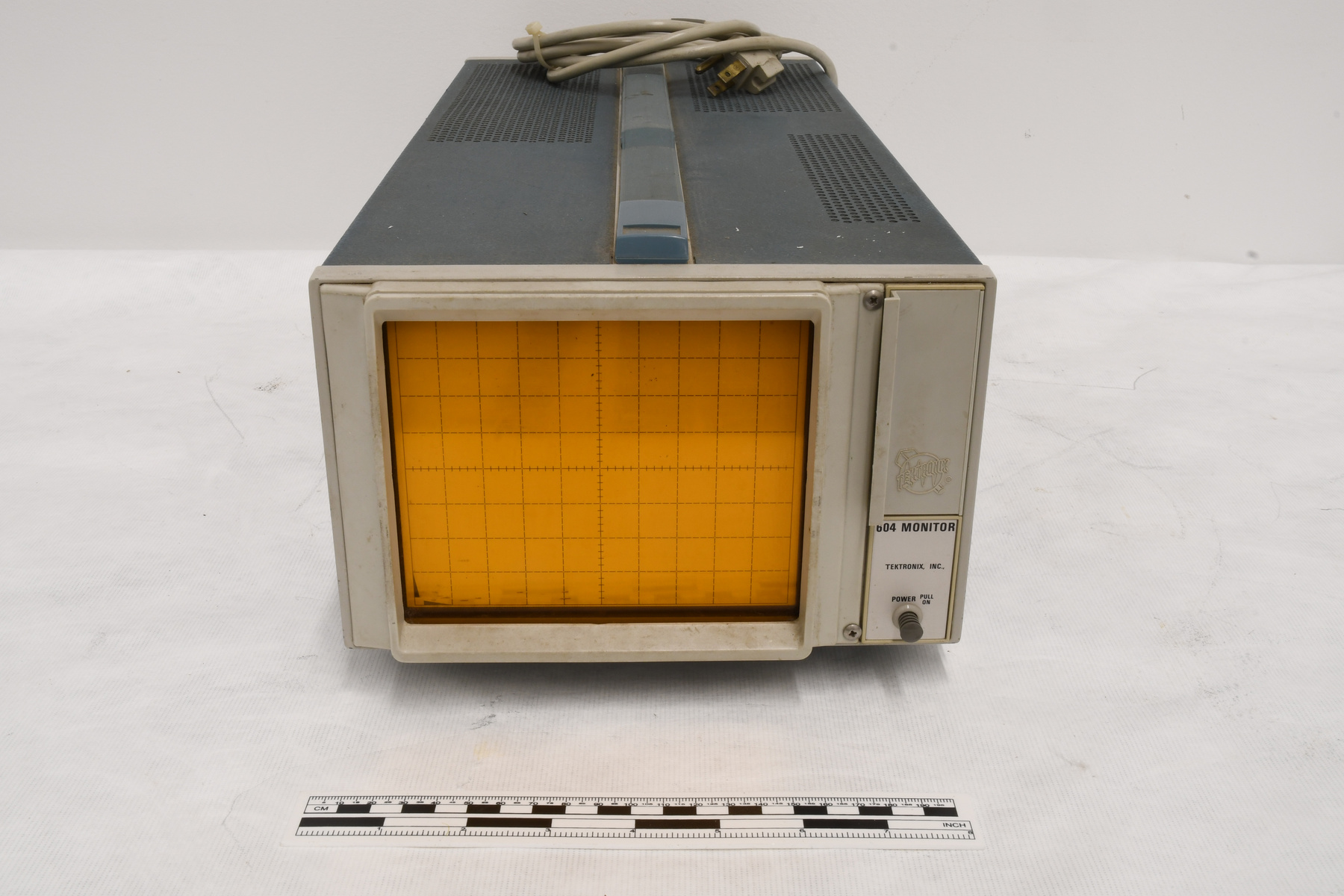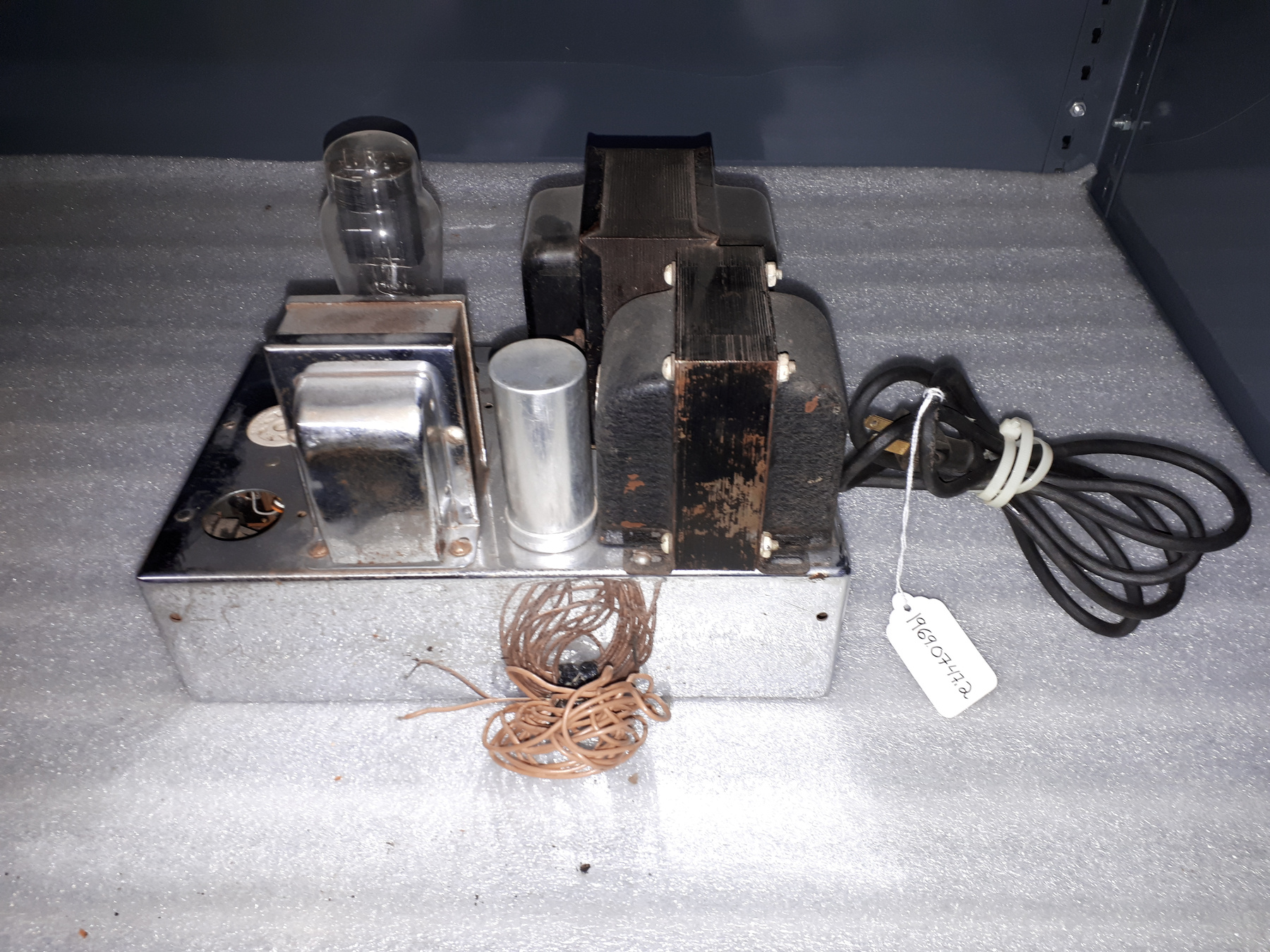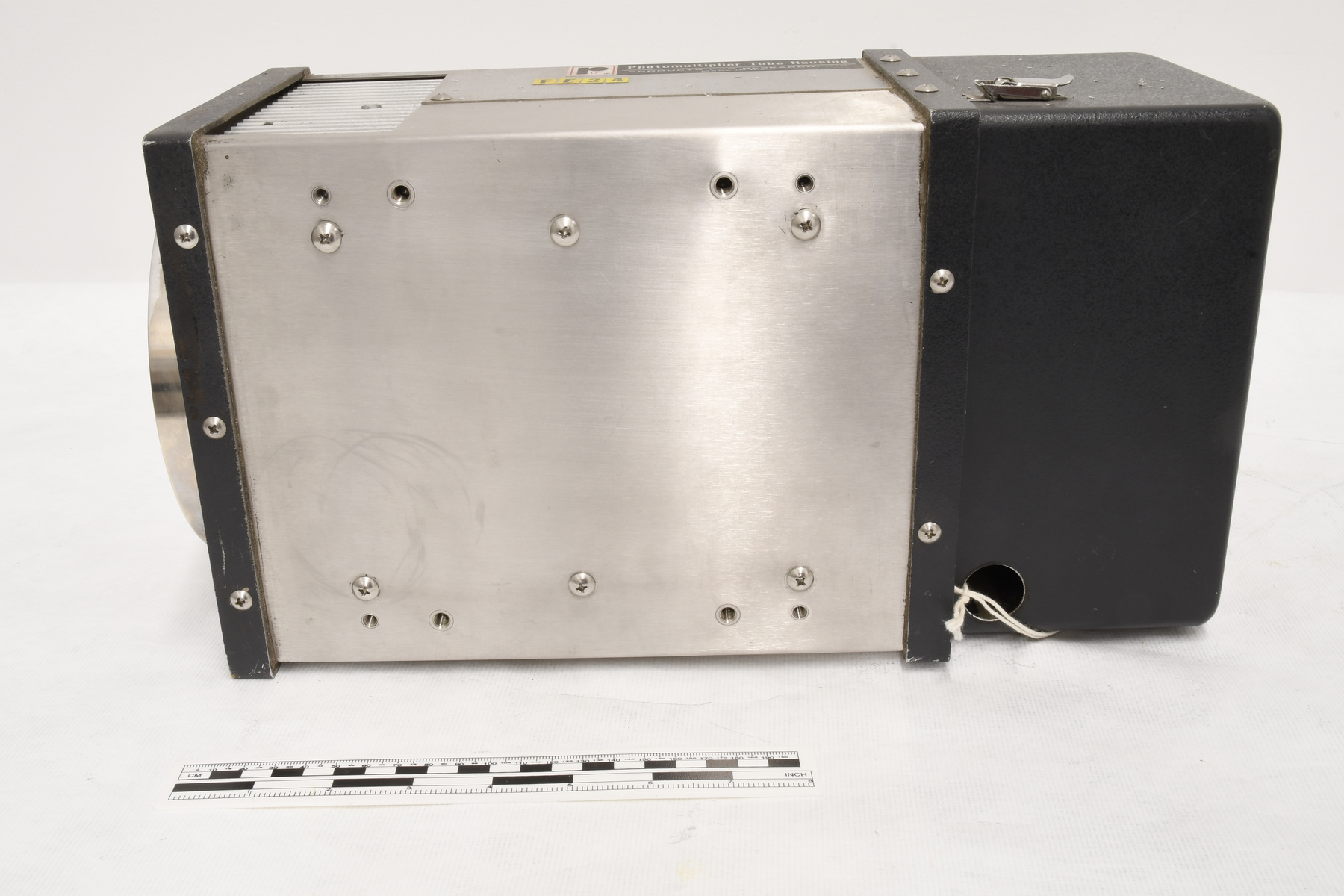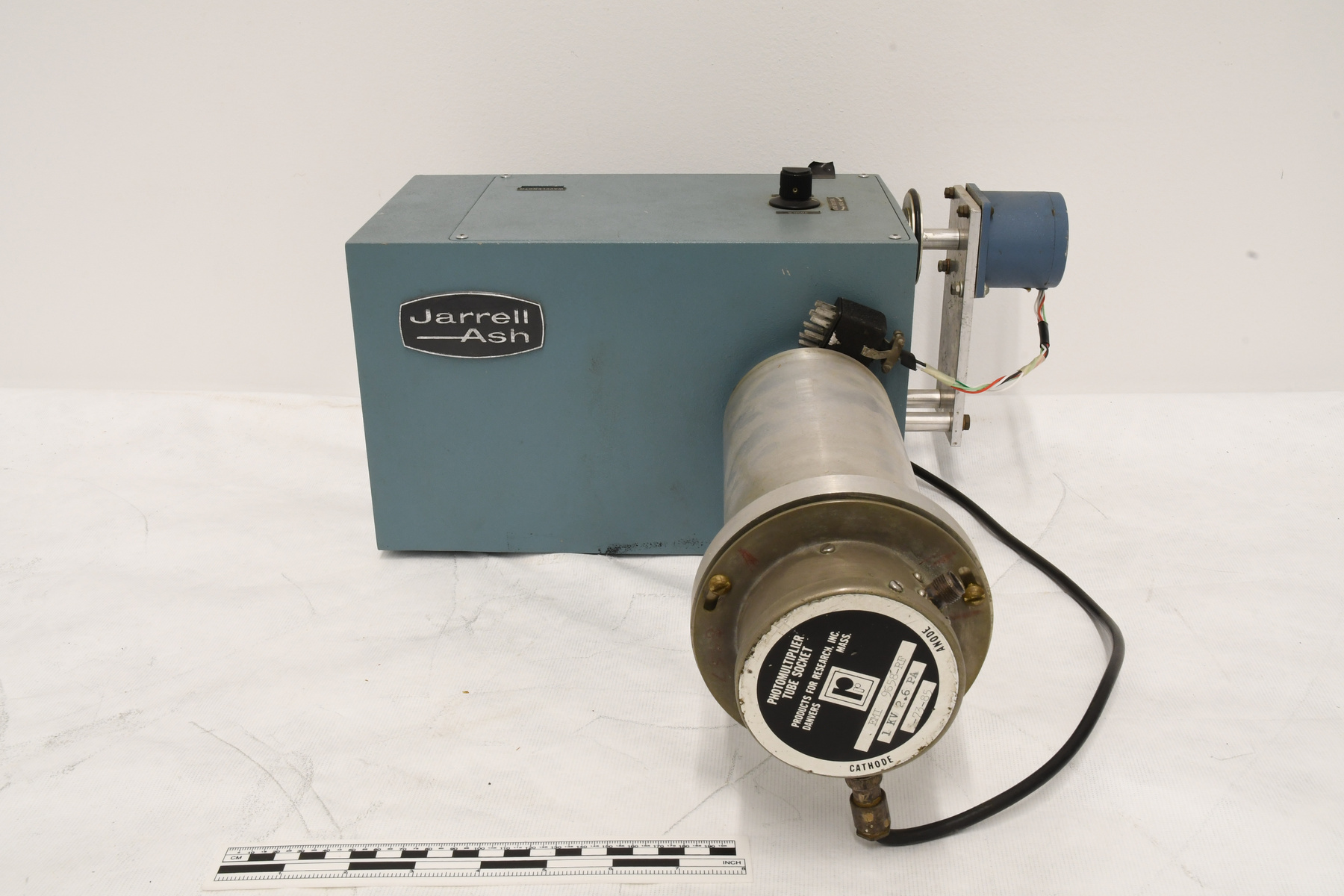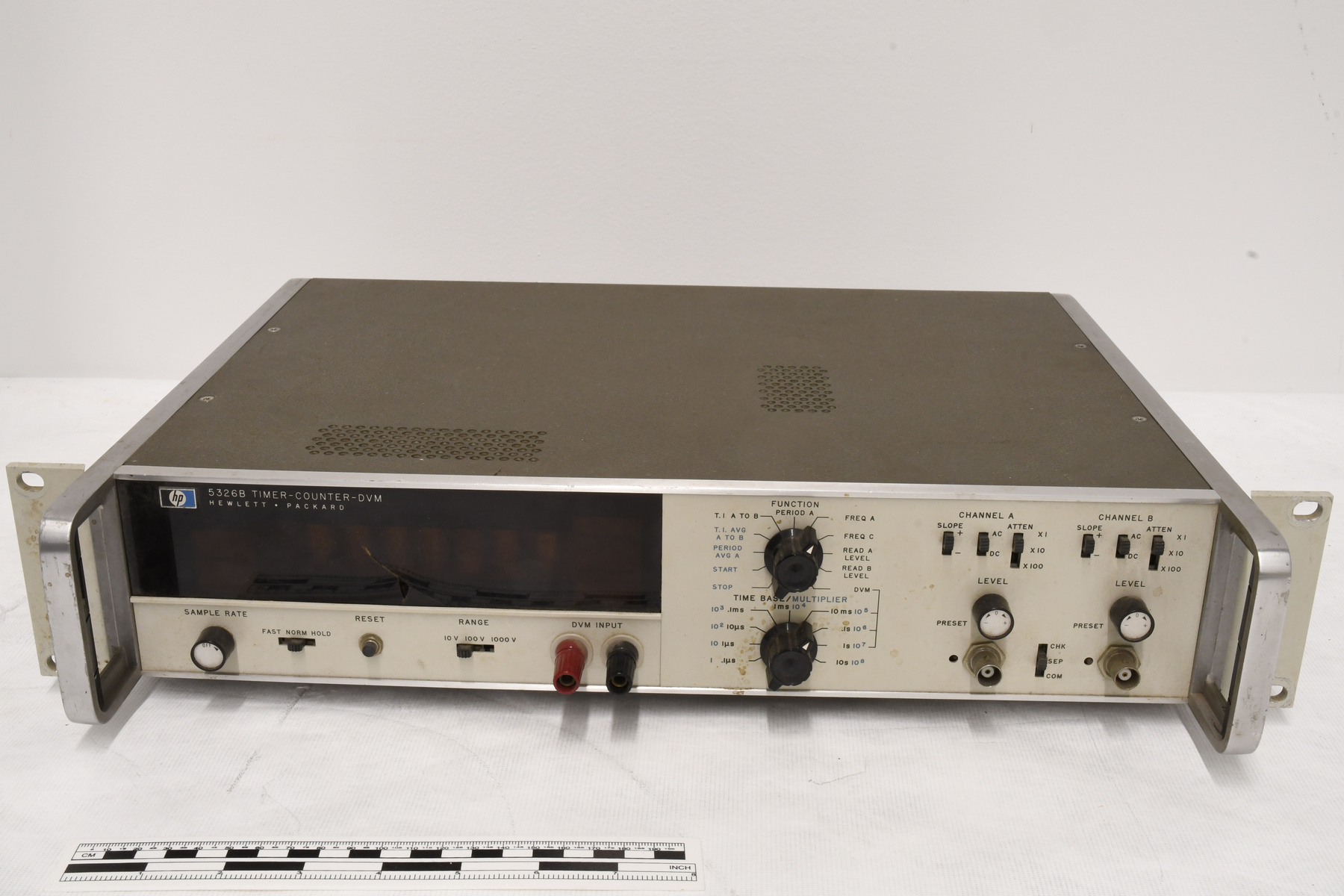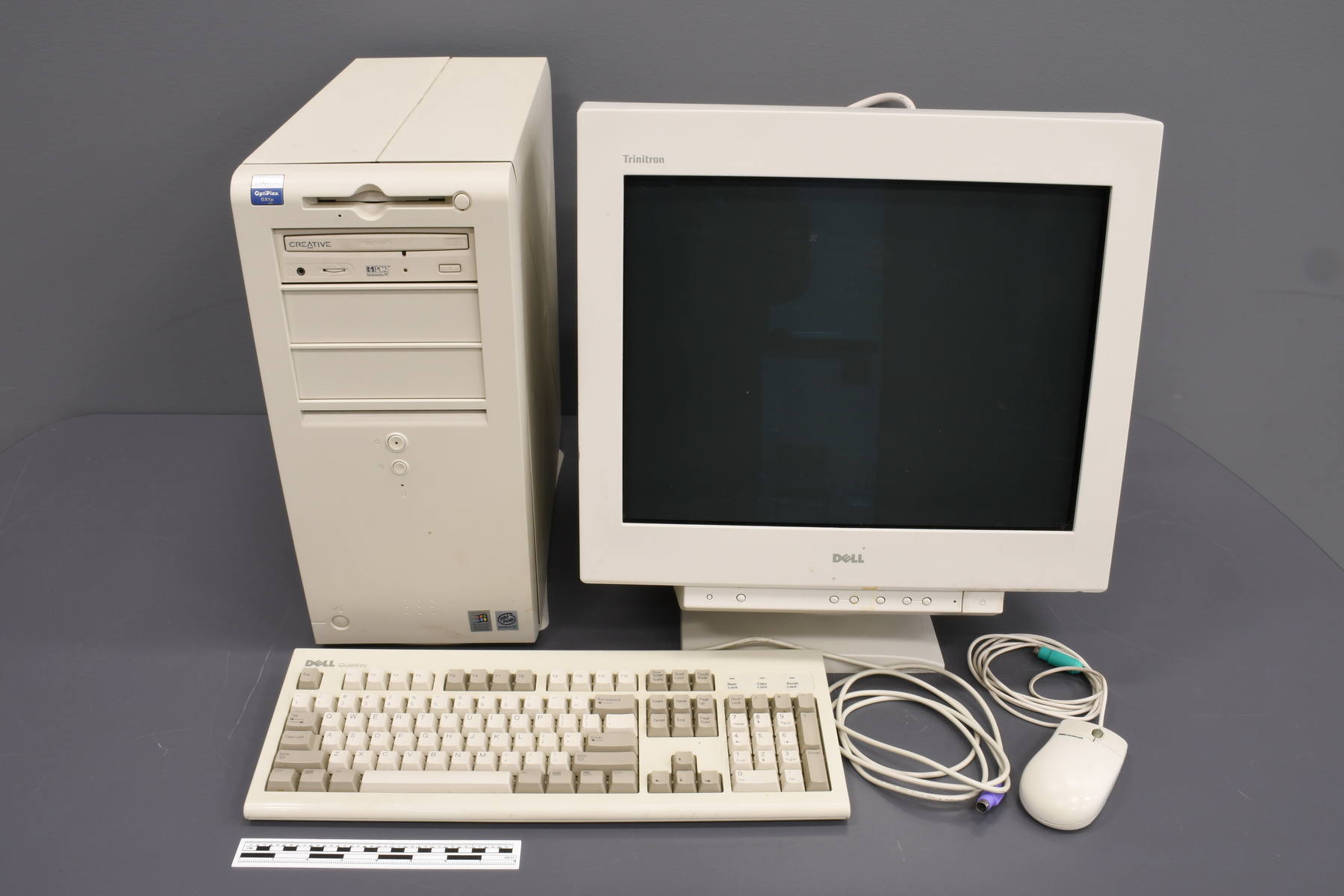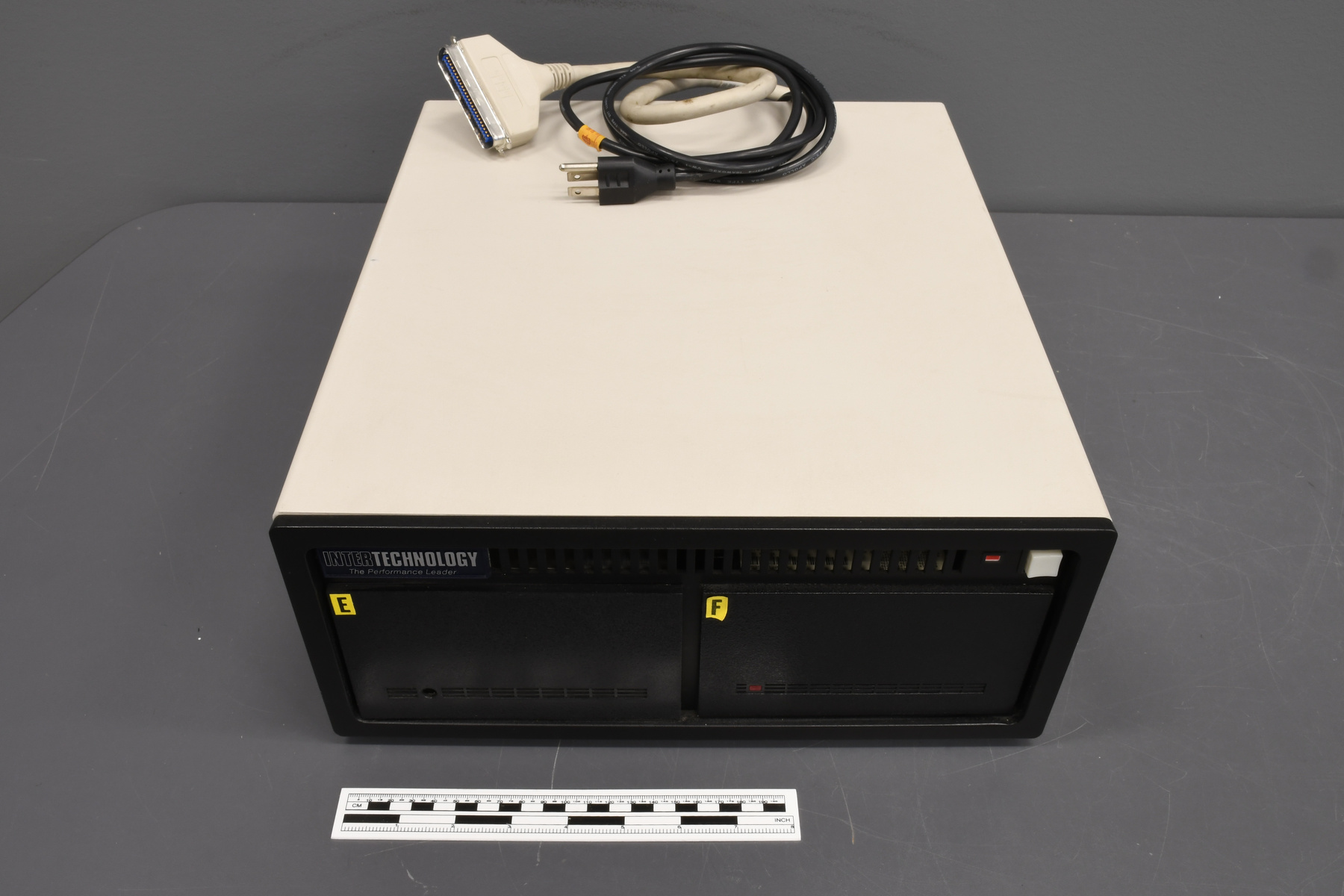Enregistreur
Utiliser cette image
Puis-je réutiliser cette image sans autorisation? Oui
Les images sur le portail de la collection d’Ingenium ont la licence Creative Commons suivante :
Copyright Ingenium / CC BY-NC-ND (Attribution-NonCommercial 4.0 International (CC BY-NC 4.0)
ATTRIBUER CETTE IMAGE
Ingenium,
2008.0180.001
Permalien:
Ingenium diffuse cette image sous le cadre de licence Creative Commons et encourage son téléchargement et sa réutilisation à des fins non commerciales. Veuillez mentionner Ingenium et citer le numéro de l’artefact.
TÉLÉCHARGER L’IMAGEACHETER CETTE IMAGE
Cette image peut être utilisée gratuitement pour des fins non commerciales.
Pour un usage commercial, veuillez consulter nos frais de reproduction et communiquer avec nous pour acheter l’image.
- TYPE D’OBJET
- strip chart
- DATE
- 1965
- NUMÉRO DE L’ARTEFACT
- 2008.0180.001
- FABRICANT
- Moseley, F.L. Co.
- MODÈLE
- AUTOGRAF 7101B
- EMPLACEMENT
- Pasadena, California, United States of America
Plus d’information
Renseignements généraux
- Nº de série
- 151
- Nº de partie
- 1
- Nombre total de parties
- 2
- Ou
- S/O
- Brevets
- S/O
- Description générale
- Metal casing, recorder parts, parts/ Glass front in metal framed door/ Synthetic controls and parts/ Paper roll
Dimensions
Remarque : Cette information reflète la taille générale pour l’entreposage et ne représente pas nécessairement les véritables dimensions de l’objet.
- Longueur
- 48,4 cm
- Largeur
- 22,5 cm
- Hauteur
- 22,5 cm
- Épaisseur
- S/O
- Poids
- S/O
- Diamètre
- S/O
- Volume
- S/O
Lexique
- Groupe
- Astronomie
- Catégorie
- Recherche
- Sous-catégorie
- S/O
Fabricant
- Ou
- Moseley
- Pays
- United States of America
- État/province
- California
- Ville
- Pasadena
Contexte
- Pays
- Canada
- État/province
- Ontario
- Période
- mid 1960s +
- Canada
-
An instrument used at the David Dunlap Observatory at the University of Toronto, one of Canada's most important astronomical observatories. The David Dunlap Observatory opened in 1935 as the result of a bequest from the wife of David Dunlap. The telescope was a 74 inch (188 cm) reflector built by Grubb Parsons of Newcastle-upon-Tyne in England. The 74 inch was then the largest telescope in Canada (surpassing the 72 inch telescope of the Dominion Astrophysical Observatory in Victoria) and became the second largest in the world after the 100 inch Hooker Telescope of the Mt. Wilson Observatory outside Los Angeles. DDO's reputation grew and following WWII, it began to graduate most of the astronomers produced in Canada with University of Western Ontario far behind. Beginning in the 1960s a number of other astronomy departments were created but UofT/DDO held its place, a position it probably still holds. The DDO had a good technical staff which gave them an advantage and, with most of the 1940s to early 1970s top astronomers coming from UofT, grants from NRC and then ENSERC were almost guaranteed and allowed UofT's top astronomers -- Hogg, van den Berg, Fernie, Bolton, Kamper, Martin, etc. to acquire or build some of the best equipment available in university observatories. For optical observatories, only the DAO had technical staff and budgets that surpassed those of DDO. In 2007, citing increasing light pollution, the University of Toronto announced plans to sell the Observatory property. In June 2008, it was sold to Corsica Development Inc., a subsidiary of Metrus Development Inc. and the Observatory was closed. In 2009 the Observatory buildings and 80% of the site were designated a cultural heritage landscape. Also in 2009 Corsica and the Royal Astronomical Society of Canada, Toronto Centre announced an agreement allowing the RASC to provide public education and outreach programs at the observatory, and to operate the 188 cm telescope. - Fonction
-
A device which recorded data onto paper, in this case astronomical data. - Technique
-
An example of accessory equipment used with an astronomical analytical instrument, possibly the Grant Spectrum Line Measuring Comparator (2008.0178). Strip chart recorders were used primarily in industrial applications where there was a need for continuous recording of such data as aircraft testing (wing stress), oil well exploration (seismic logs) and satellite solar converters (voltage output). The Moseley 7101B provided 10-inch strip chart recording capabilities. Each input channel accepted any of the wide variety of input modules, which determined the electrical span or special purpose recording capability. The 7101B had one pen and took one input module (as opposed to two pens and modules for the 7100B). Metric and rack mounting models were also available. The Moseley technology was pioneering in the field of two-axis graphic recording instruments. [Ref. 2] - Notes sur la région
-
Inconnu
Détails
- Marques
- Indented black and red lettering on reorder front reads 'MOSELEY AUTOGRAPH/ MODEL 7101B CHART RECORDER'/ Plate on back reads 'MODEL 7100B/ OPTIONS 11/ F.L. MOSELEY CO./ 115 VOLTS 60 CYCLES/ PASADENA, CALIFORNIA/ SERIAL NO. 151/ SCHEMATIC D-14513-C'/ White lettering for control functions in interior and on back/ Red and blue applique labels on front read 'CHAN. A' and 'CHAN. B' respectively/ Yellow applique label on back reads 'V'
- Manque
- Input channel connector on back
- Fini
- Metallic blue painted casing/ Colourless transparent glass front in brushed metal frame/ Glossy black painted interior casings/ Plated recorder parts/ Black, red and white synthetic controls/ Metallic grey parts/ White paper with green lines
- Décoration
- Metallic grey casing trim
FAIRE RÉFÉRENCE À CET OBJET
Si vous souhaitez publier de l’information sur cet objet de collection, veuillez indiquer ce qui suit :
Moseley, F.L. Co., Enregistreur, apres 1965, Numéro de l'artefact 2008.0180, Ingenium - Musées des sciences et de l'innovation du Canada, http://collections.ingeniumcanada.org/fr/id/2008.0180.001/
RÉTROACTION
Envoyer une question ou un commentaire sur cet artefact.
Plus comme ceci
